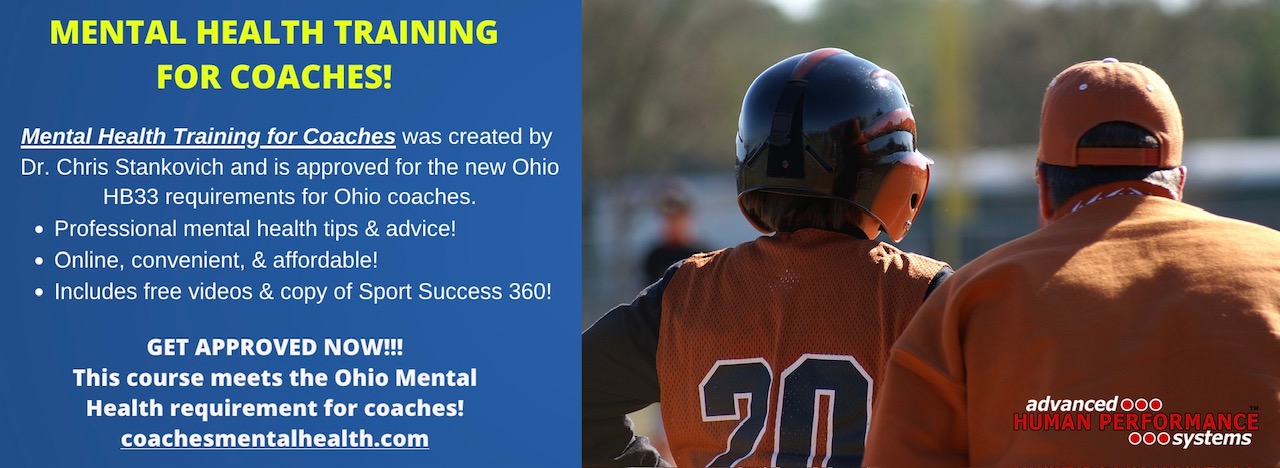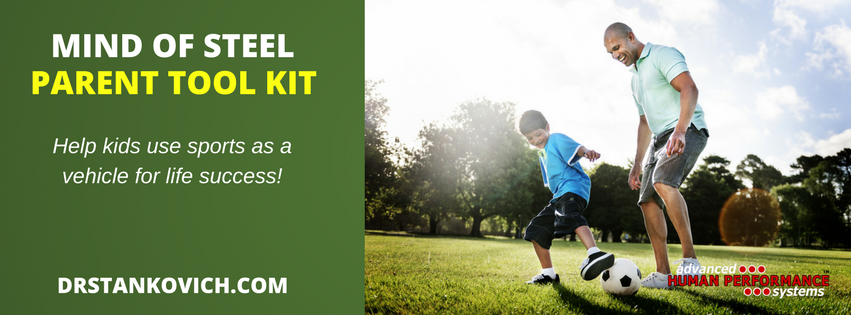When I was a kid sports injuries were a part of playing sports, but the nature and magnitude of sports-related injuries were very different than what kids experience today. The bumps, bruises, nicks, and scrapes that previous generations of youth athletes felt playing sports have been replaced with torn ACL injuries, concussions, and various other serious mental health issues today. In fact, ACL injuries have become so common in youth sports that USA Today recently published an article on how an ACL injury does not have to ruin your child’s athletic career — talk about sign of the times! How did youth sports morph into these kind of injury risks for kids, and what should be done moving forward?

Reasons for the increase in serious youth sport injuries
Like most complex problems, there probably isn’t one single reason why more kids today experience serious sport injuries and mental health concerns compared to kids of the past. In fact, there are a number of observable changes in youth sports, with each having a varying degree of impact on kids and sport safety. Some of the changes include:
- More kids today play sports year-round, putting their still-developing bodies in constant movement and stress.
- Increasingly more kids specialize in one sport, often overworking muscles and other body parts.
- Some kids play 2 (or more) sports at the same time, further taxing their bodies by increasing their workload.
- Kids today are better trained, allowing them to run faster and hit harder.
When we take into account all the changes just mentioned, should we be surprised when we see more kids today suffering from serious sport injuries, or having advanced medical procedures done in order for them to rehabilitate from injury and get on the field again?
Cost analysis
With the increased risk for serious injuries in youth sports, parents must examine the risk/reward question when evaluating youth sports today. We still only see about 5% of all high school student athletes advance to play in college, and yet significantly more families invest deeply in “making it” in sports. While the statistics for serious sport injuries are not as clear, we do know that injuries like torn ACL’s are occurring at such a rate that physicians are offering advice on how to handle the rehabilitation process in order to play again. What once was a career-ending injury, today is a mere hurdle to overcome.
Serious sport injuries can lead to mental health challenges including anxiety, isolation, and depression, not to mention future long-term physical limitations. Youth sports are a terrific experience for kids, but it is important to continue making the experience as mentally and physically safe as possible. While managing an ACL injury back to a full recovery is important, perhaps it is more important that we continue researching why injuries like this are occurring so frequently, and what steps we can take in order to see a decrease in serious sport injuries in the future?

Final thoughts
If we have to factor in the effects of a future torn ACL from youth sport participation, maybe it’s time to take a closer look at why so many kids are experiencing these kinds of injuries today? Rule changes and equipment upgrades will mitigate some potential injuries, but a more comprehensive approach might include addressing some of the concerns raised in this article. Pushing kids to compete like adults might be attractive to some parents, but it turns youth sports into something that looks more like pro sports, and leaves kids vulnerable to mental and physical issues to overcome as a result.